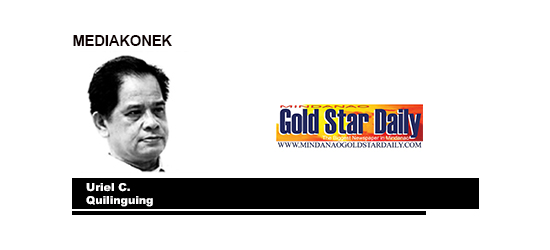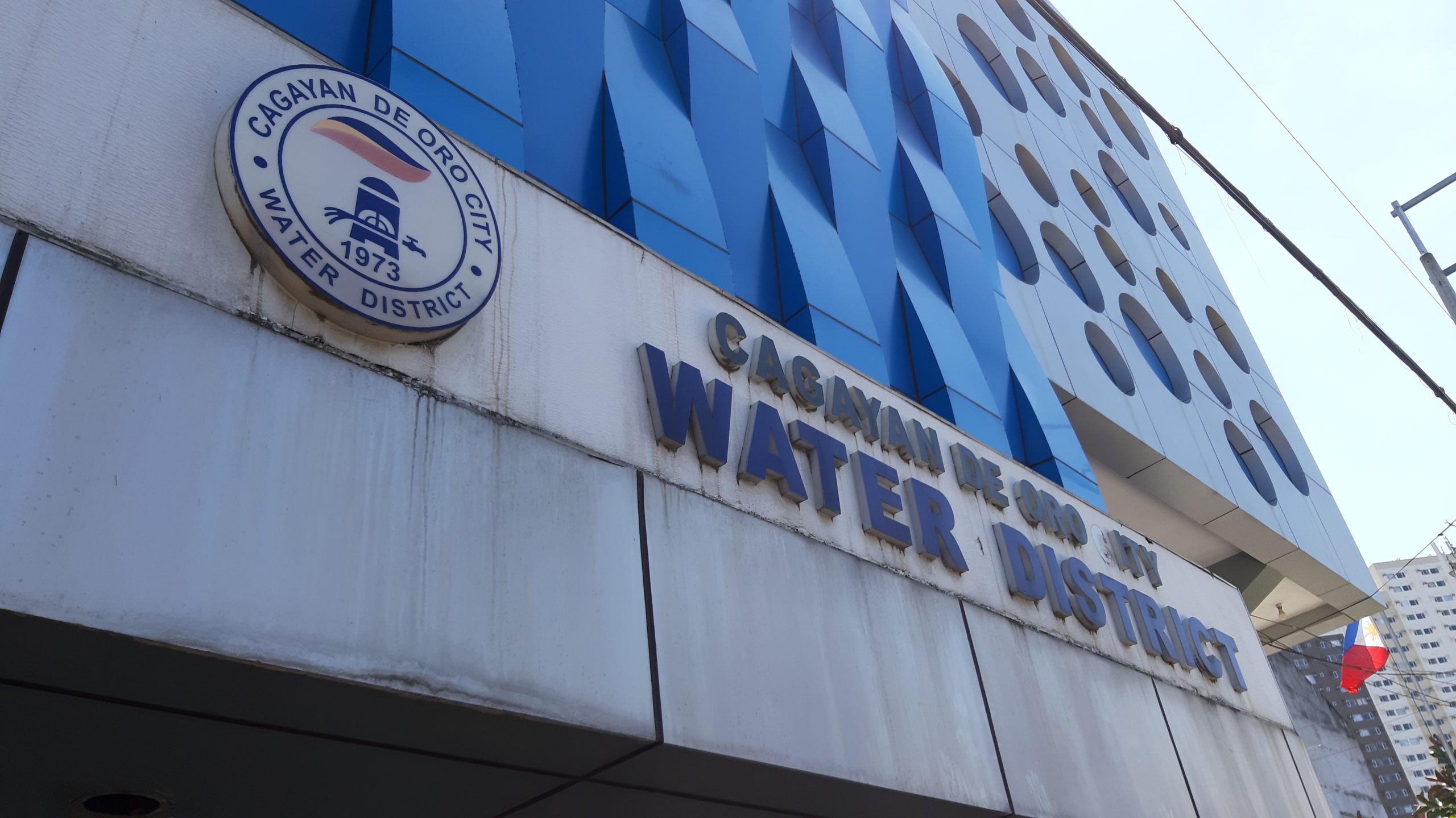By Uriel Quilinguing
UNDER normal times, many would wish for public exposure by coming out on TV screens, interviewed live on radio broadcasts, or be the principal sources of a banner news stories with matching action photos. In short, be the agency spokesperson, in addition to one’s official functions, and not just an information officer-designate whose name may not appear on press statements.
But not at this time when everybody is preoccupied with the novel coronavirus disease of 2019 (Covid-19) since its source and nature, its transmission and impact on one’s health are still under scrutiny by medical experts worldwide, nobody would raise his hand and on the hot seat to answer, with utmost authority, all inquisitive questions.
And whoever is tasked to speak and explain on the unfolding of events must be a medical doctor who, preferably must have been exposed to the containment of the virus and treatment of patients of either the severe acute respiratory syndrome (Sars) and/or the Middle East respiratory syndrome-coronary virus (Mers-Cov).
When the virus surfaced in Wuhan, China December last year, then called n-CoV or novel coronavirus, it was either Health Secretary Francisco Duque III or Health Undersecretary Rolando Enrique Domingo who took the cudgels of explaining, almost daily, what the new contagion is and its updates on transmission.
Later, another face appeared for the daily televised media briefings which, as usual, are aired nationwide by at least two channels, that of assistant secretary Maria Rosario Vergeire and she was doing well as the agency’s unofficial spokesperson. She does her homework and composed even under a stressful situation, honest enough to say, at times, she does not have the answer.
A spokesperson must never pretend to be all-knowing; seasoned journalists know if the source of information is just making up the information, at times with diversionary tactics.
At the regional level, the DOH Center for Health Development 10, three people serve as sources of information on health issues and specifically on Covid-19 and they are all experienced medical doctors, regional director Adriano Suba-an, assistant regional director David Mendoza, and infectious diseases cluster head Ian Christian Gonzales.
Since updates on Covid-19 regularly come out live on TV, lately with either by Secretary Duque or assistant secretary Vergeire providing media practitioners with the latest available official statements and information, regular weekly updates at the regional level may not be necessary because all Covid-19 positive patients are confined in Metro Manila or Luzon. It is understandable if the health agency, perhaps the national inter-agency task force has already established a clearinghouse for all information before these are officially released to the public.
Let it be at the national level since the final say has to come from Malacañang.
However, in places—anywhere in the country—where there are Covid-19 positive patients, local residents must never be kept in the dark, that if DOH regional offices and local governments—cities and provinces—wish the public to cooperate and appropriately respond to help contain the virus transmission.
Depriving the public, through media practitioners, of vital information they deserve to know for their safety and protection is no different from physicians who refuse to prescribe medicines to the sick.
(Uriel C. Quilinguing is a former president of the Cagayan de Oro Press Club who served as editor-in-chief of Cagayan de Oro-based newspapers, including this paper. For reactions, e-mail to uriel.quilinguing@yahoo.com.)
Disclaimer
Mindanao Gold Star Daily holds the copyrights of all articles and photos in perpetuity. Any unauthorized reproduction in any platform, electronic and hardcopy, shall be liable for copyright infringement under the Intellectual Property Rights Law of the Philippines.














